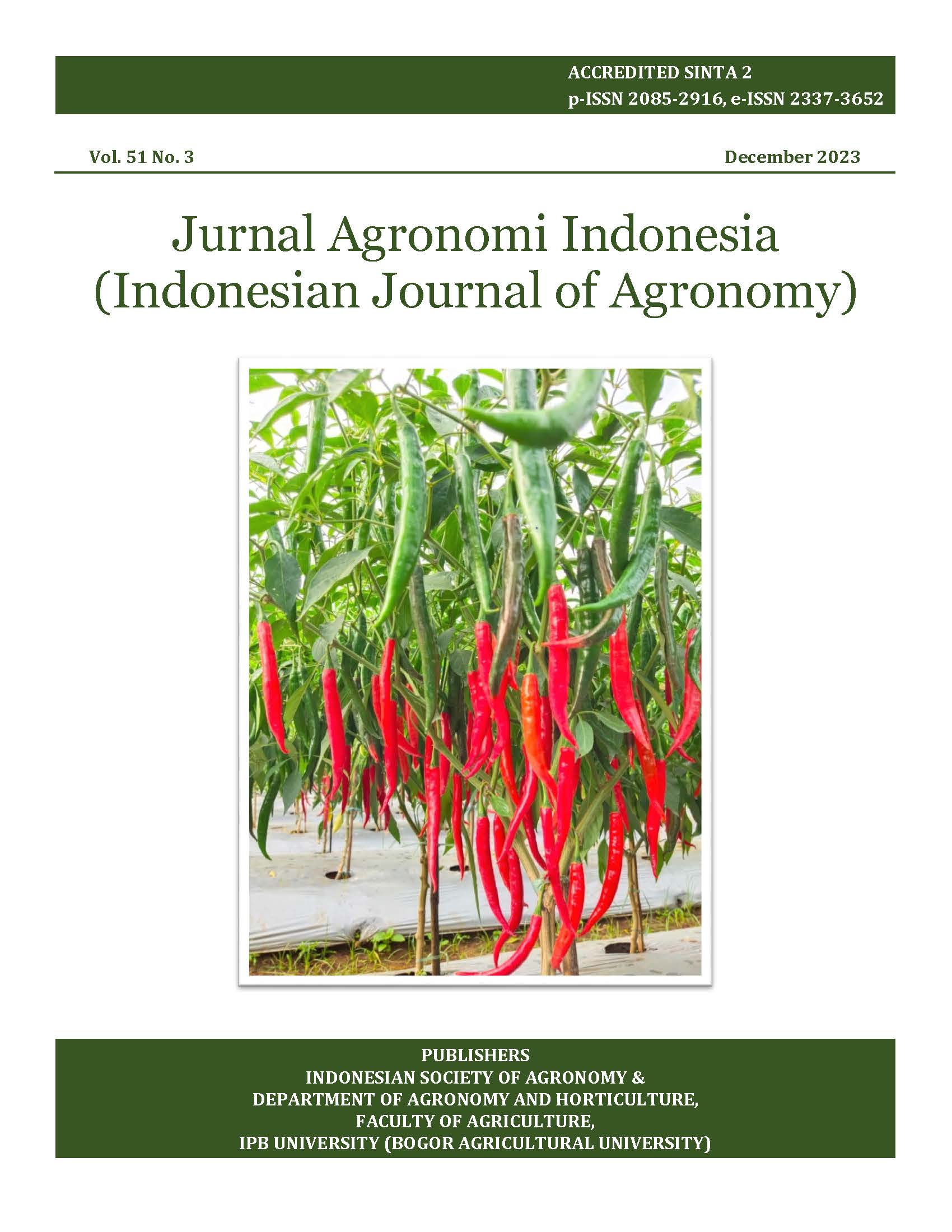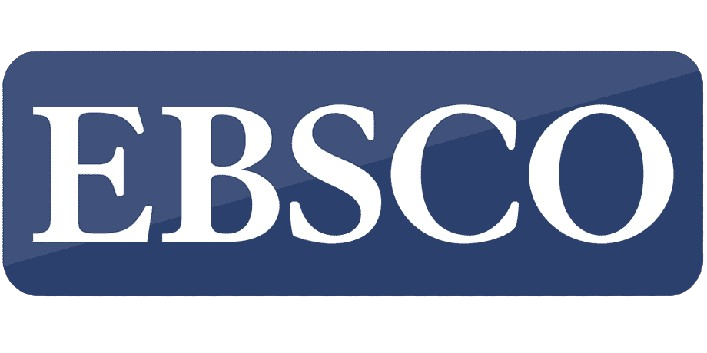Quality improvement of tomato (Solanum lycopersicum L.) ‘Optima’ with amino acid-enriched leaf fertilizer
DOI:
https://doi.org/10.24831/jai.v51i3.48581Abstract
Tomato quality is influenced by fertilization and matutity level. This study aimed to determine the best dosage of amino acid-enriched leaf fertilizer (Amiboost) and to determine the best nutritional content at several ripeness levels of ‘Optima’ tomatoes. Amiboost is an inorganic foliar fertilizer that is rich in amino acids that can be easily absorbed by plants. The experiment used a factorial (RCBD) with 3 repetitions. The ‘Optima’ tomatoes were grown at Wonosobo and fertilized with 4 levels of Amiboost fertilizer consisting of 0, 1, 2, 4 L ha-1 amino acid fertilizer, and 2 L ha-1 comparison fertilizer (standard fertilizer). The research was conducted at the Horticulture Sub-Laboratory, UGM at 27 °C with a relative humidity of 75%. The tomato quality observed was CO2 concentrations, visual quality rating (VQR), fruit weight percentage, fruit hardness, fruit color, total soluble solids, total titrated acid, vitamin C, carotenoids, lycopene, and flavonoids. The observation was terminated when the score of VQR reached 1 as the shelf life of tomatoes. The best dose of amino acid-enriched leaf fertilizer (Amiboost) is 2 L ha-1 for the lightness (*L) of fruit color, ascorbic acid, and lycopene. The maturity stage of fruit significantly affected vitamin C, flavonoids, total soluble solids, carotenoids, and lycopene.
Keywords: Aminoalkanoic; shelf life; leaf fertilizer; tomato quality













